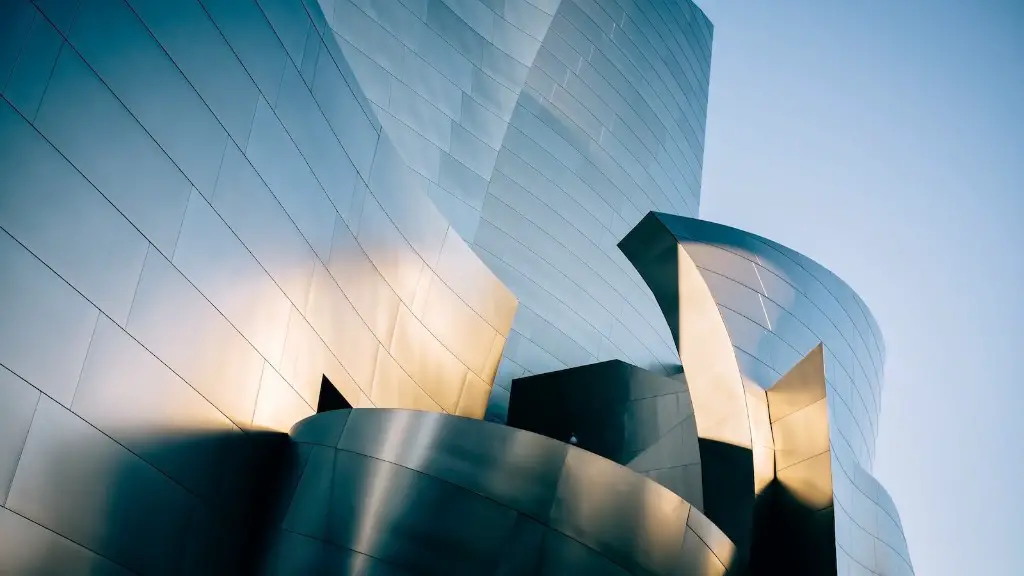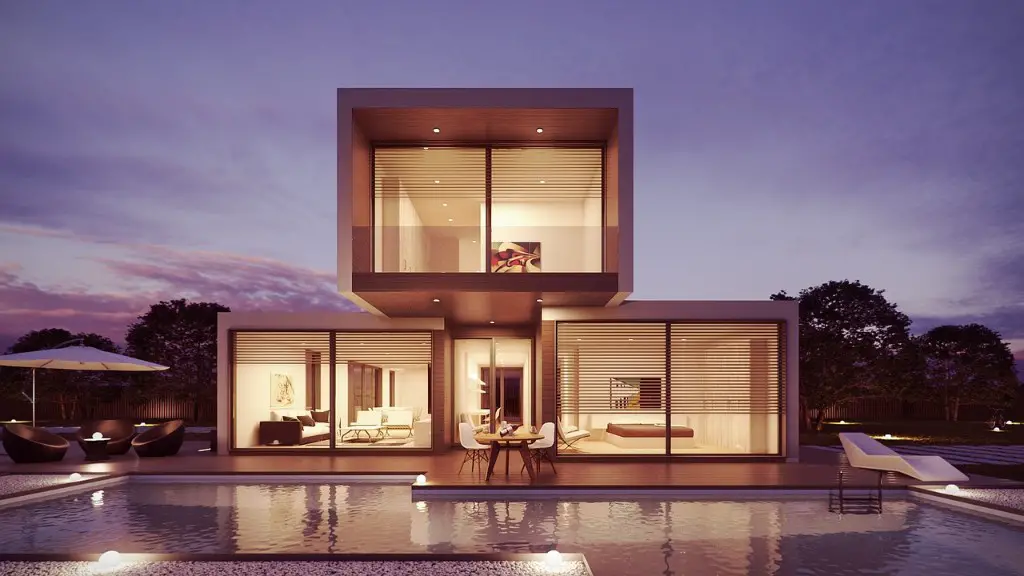Basic Tools
Photoshop is a powerful tool for rendering 3D architecture. It offers a variety of tools for creating realistic photos, from basic drawing tools to advanced filters and effects. To begin rendering your exterior 3D architecture, you will need a few basic tools. These include a drawing tablet, a selection of Photoshop brushes, a reference image or photos from your 3D model, and a good bit of patience. With these tools, you can begin rendering your exterior 3D architecture.
Light and Shadow
Light and shadow contribute to a realistic rendering of 3D architecture. When adding light and shadow to your exterior 3D architecture, consider the angle of the light and the direction of the light. If you are using a reference image, make sure you take note of the direction and the angle of the light. When adding shadows to your 3D architecture, use lighter and darker shades of gray to achieve an accurate look.
Textures and Materials
Textures and materials are an important part of realistic rendering of 3D architecture. Textures can be used to represent different materials, like bricks, grass, concrete, paint, metal, and wood. Use a selection of Photoshop brushes to add texture to your 3D architecture. You can also add materials like grass, plants, trees, or even water to make your rendering pop.
Advanced Techniques
Once you are comfortable with the basics, you can start to experiment with advanced techniques. This could include adding reflection, global illumination, atmospheric effects, or even chromatic aberration. All of these effects can be added in post-production, and can give your final render a more realistic look.
Lighting Effects
Lighting effects are one of the most powerful tools for creating realistic renderings of 3D architecture. You can use Photoshop to add realistic shadows, highlights, and reflections to your 3D architecture. Use different colors and tones of light to create a more realistic look. Additionally, use curves, levels, and other adjustment layers to create depth and contrast.
Render Settings
Finally, you will need to decide on the render settings. You can use Photoshop’s built-in render settings, or you can create custom render settings. Adjusting various parameters, such as the brightness and contrast, can help you achieve a realistic rendering of your 3D architecture.
Color Pallette
Choosing the right color pallette is an important part of rendering architecture in Photoshop. You can choose a single color, or a range of colors, to provide a realistic representation of the architecture. Additionally, you can use color swatches to achieve a balanced and harmonized aesthetic.
Software and Hardware Considerations
When rendering architecture in Photoshop, it is important to consider your hardware and software capabilities. Photoshop is a powerful tool, but it does require a powerful computer to run quickly and smoothly. Make sure your computer can handle the rendering process before you begin. Additionally, make sure you have the necessary plugins and add-ons to get the most out of your render.
Post Processing
Post processing is an important part of completing a rendering in Photoshop. You can use a variety of techniques, such as curves, levels, contrast adjustments, and color corrections to enhance your render. Additionally, you can add textures, materials, and effects to give your render a more realistic look.
Photoshop Actions
Photoshop Actions are one of the most powerful tools for rendering 3D architecture. Actions are like plugins that allow you to automate common tasks and processes. With Actions, you can set up a render process and then repeat it with a single click. This can save time and make rendering faster and more efficient.
Storytelling in Rendering
Rendering architecture in Photoshop can be more than just creating a realistic image. If you want to tell a story with your render, think about incorporating different elements. For example, you can add people, animals, or other elements to bring your render to life. Additionally, you can use color and contrast to communicate a particular emotion or feeling.
Render Resolution
The resolution of your render will affect the quality, so it is important to choose a resolution that is best for your project. A higher resolution will produce a higher quality render, but it will also take longer to render. On the other hand, a lower resolution will render faster, but the quality will be lower.
3D Design Software
If you are creating a 3D architecture rendering, you will need to use 3D design software. There are a variety of software programs available, such as 3ds Max, Rhino, and Maya. These programs have powerful tools for creating realistic 3D architecture models. Once you have created the model, you can then export it to Photoshop for rendering.
Final Render
Once you have finished all of the steps, you are ready to export your final render. Review your render to make sure all of your intended effects have been included. Finally, save your render as a high-quality image file, such as JPEG or TIFF. Your render is now complete and ready to be shared or printed.



